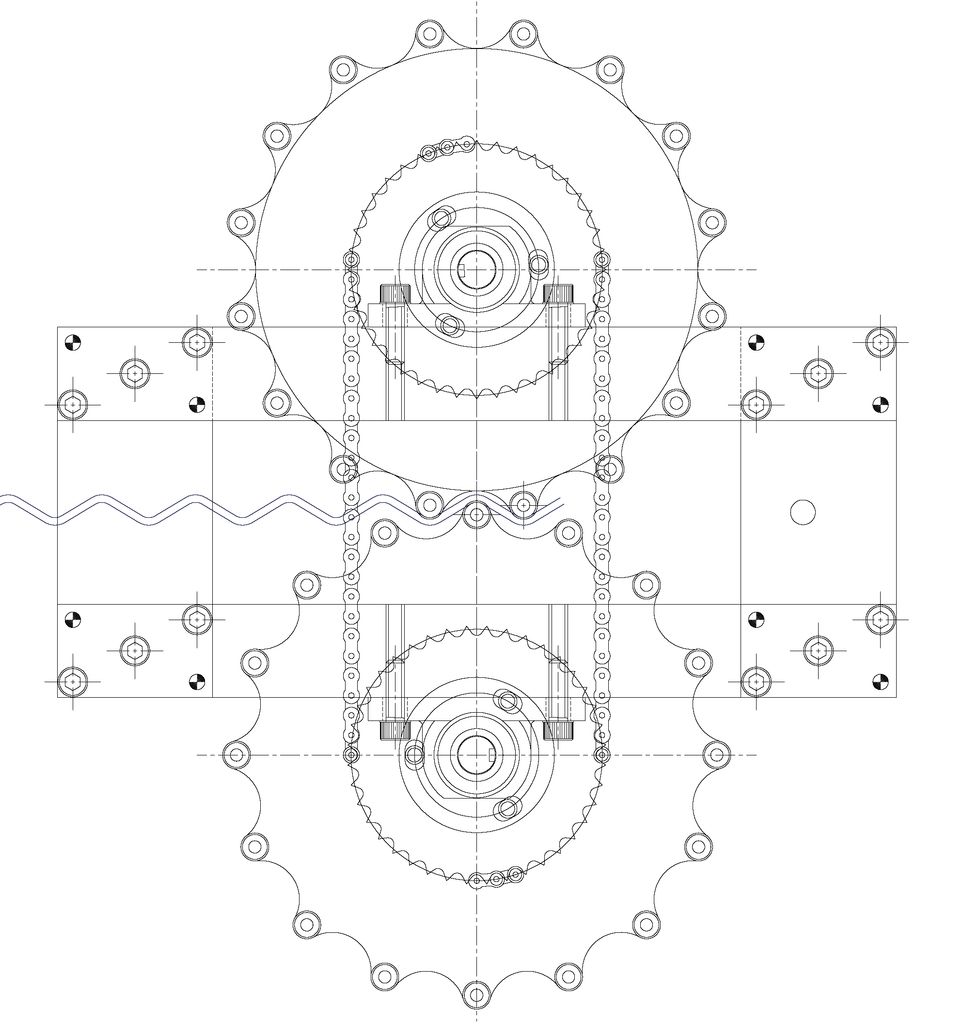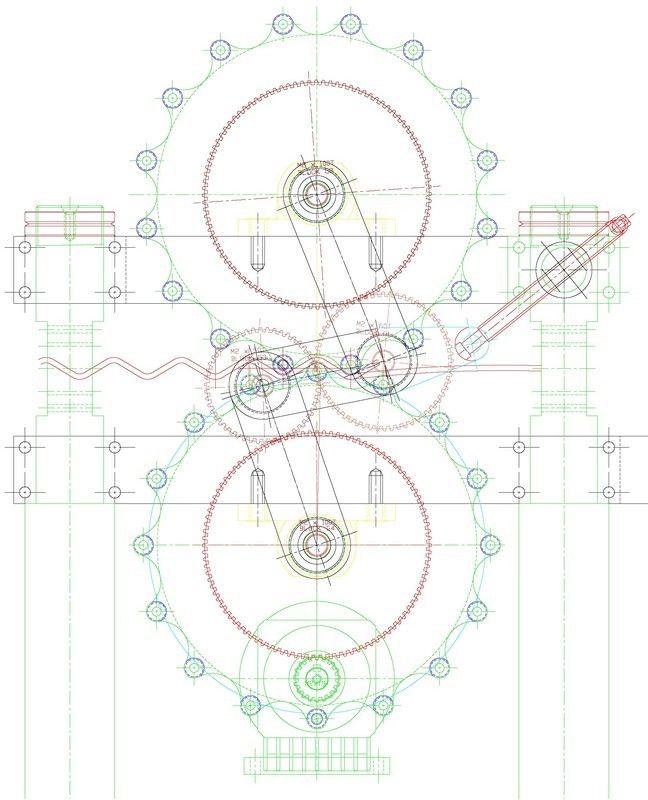View attachment ImageUploadedByModel Engines1448791046.088888.jpg
This little screw up began about three weeks ago. Needing some storage space under my work I took a piece of office desk top scored at an auction and cut it up to fit around the vertical columns. After gluing on the banding so nicely I suddenly realized that this shelf wouldn't fit between those columns no matter what I did with. After stewing for two weeks I finally said screw it and cut the shelf in half, glued it back together between the legs and then added a beam underneath not trusting the glue joint.
Really felt disgusted making such an armature mistake and for two weeks looked at that shelf with a bit of anger. Really hated cutting that nice bit of desktop in half.
This little screw up began about three weeks ago. Needing some storage space under my work I took a piece of office desk top scored at an auction and cut it up to fit around the vertical columns. After gluing on the banding so nicely I suddenly realized that this shelf wouldn't fit between those columns no matter what I did with. After stewing for two weeks I finally said screw it and cut the shelf in half, glued it back together between the legs and then added a beam underneath not trusting the glue joint.
Really felt disgusted making such an armature mistake and for two weeks looked at that shelf with a bit of anger. Really hated cutting that nice bit of desktop in half.






